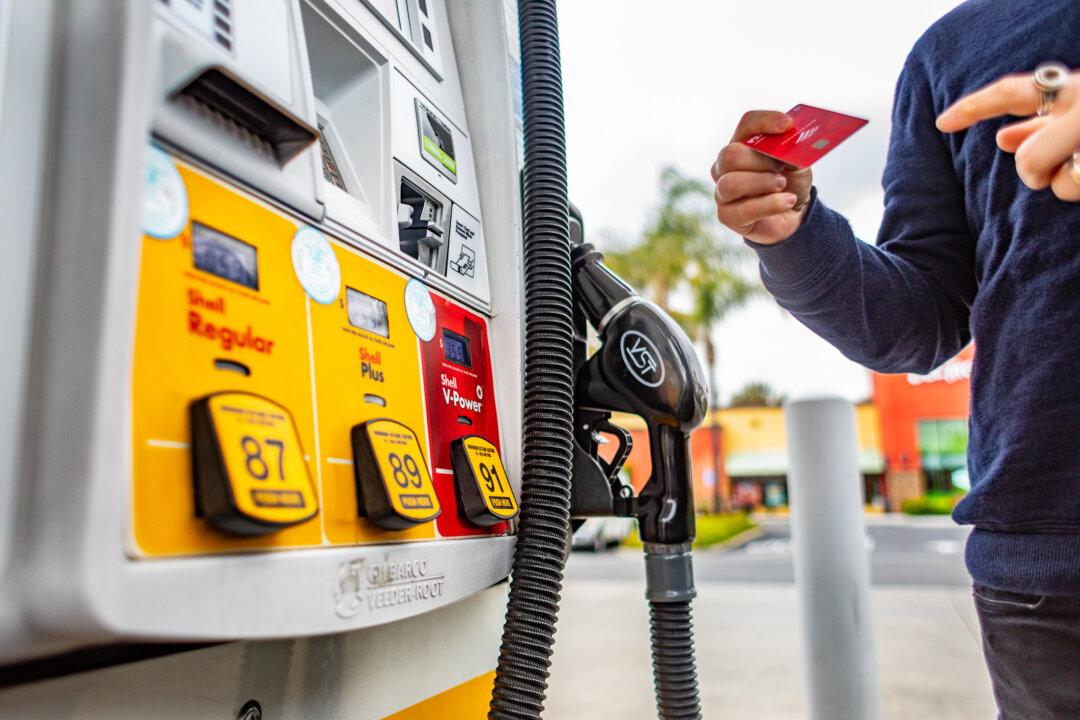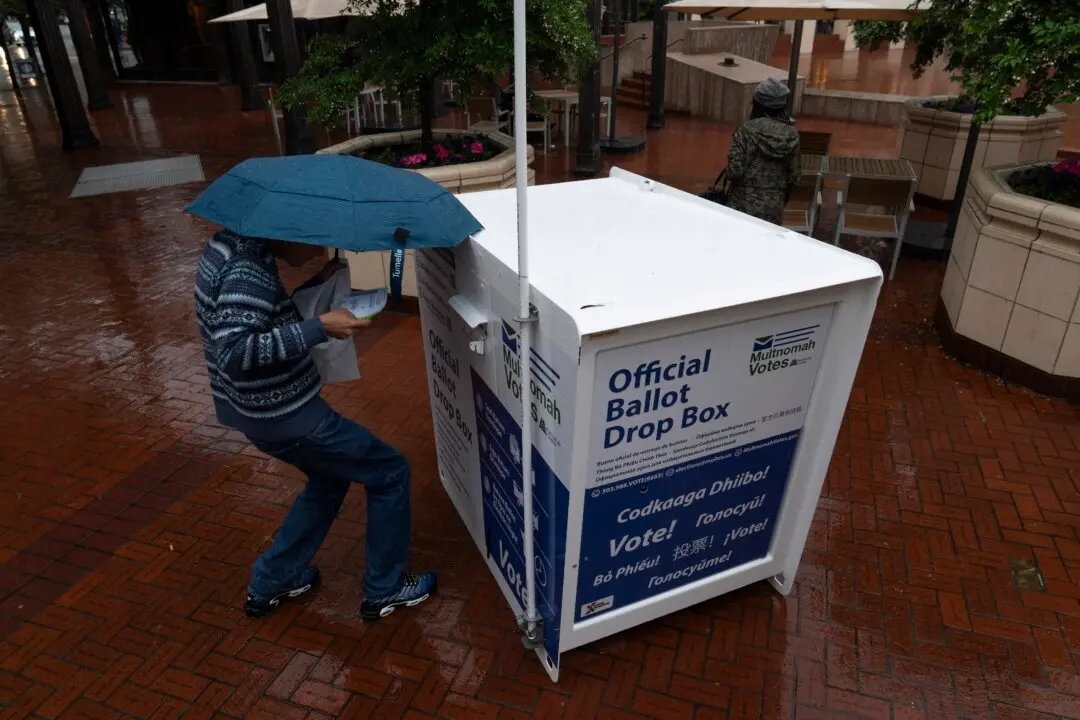The average price of regular-grade gasoline spiked 33 cents over the past two weeks to $4.71 per gallon, according to the Lundberg Survey, which comes as some analysts predict that prices will climb to more than $6 per gallon by the end of the summer.
Industry analyst Trilby Lundberg of the Lundberg Survey said on May 22 that the price jump comes amid higher crude oil costs and tight gasoline supplies.





